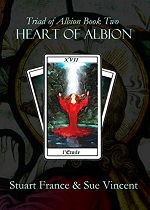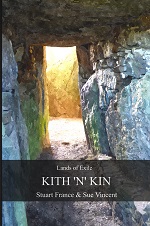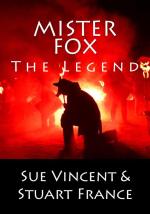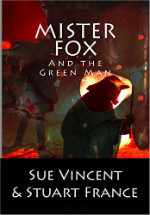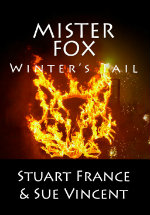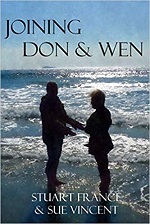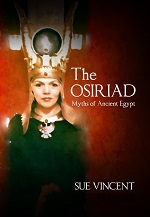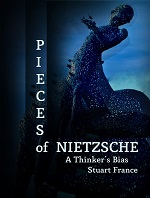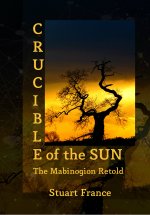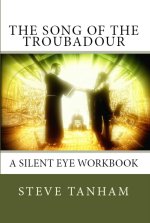
Once upon a time… twelve or thirteen hundred years ago… there lived a fair maiden. She was, it is told, the daughter of the Laird of Balquhain. She was betrothed and very soon to be married. On the eve of her wedding, she went down to the kitchens, rolled up her sleeves and set about making bannocks to serve to the wedding guests who would be arriving from far and wide.
As she worked, a dark stranger came into the kitchen and, seeing the mountain of flour, said that he could build a road to the top of Bennachie before she would finish her task. Now, Bennachie was sixteen hundred feet high and two miles distant. The maiden laughed and the dark stranger made her a wager… if he could build his road before the bannocks were baked, she would marry him instead of her betrothed. The maiden, certain of victory, laughingly agreed, but to her dismay, the stranger soon returned… the road was built and her forfeit must be paid. In horror, she ran, towards the wood of Pittodrie, seeking to escape. As she ran, she prayed for salvation, for she now realised that her pursuer was the devil in disguise. But her prayers were heard and as the devil seized her shoulder, she was turned to stone.
Unlike most legends, this must be a true story, for there was a paved road up Bennachie, of which parts still remain. It is still called the Maiden Road, and from the Maiden Stone a piece has disappeared, the same that was held in the grasp of the devil when the maiden’s prayer was answered.
***

I have known about the Maiden Stone for a long time. It is one of those things you would really like to see, but never expect to actually see, so I was over the moon when I realised that it would be our next stop. Even though it was about to rain yet again, we had a little blue sky and a hint of sunshine… a little ironic when the worn designs would show up best in black and white on the photographs.
The Cross may once have been brightly painted and the quality and detail of the carving, even after thirteen hundred years of Scottish weather, are remarkable. The two sides of the Cross are carved with knotwork and keywork, even into the uneven contours of the edges. On the western face is a weathered Cross, suggesting that this was a Preaching Cross…a place where the evangelising brothers would come to teach the message of the Gospels. At the base is a roundel, framed within a square, intricately carved with interlacing and spirals. I have to wonder if this represents the Earth and its energies, surmounted by a Celtic Cross, symbolising the way to Heaven.

Above the head of the Cross is a figure with outstretched arms, in a pose similar to that of the crucified Christ. He appears to be holding on to two ‘fish-beasts’. I take issue with the official idea that this depicts Jonah and the Whale. There was, I believe, only one whale in that story and the idea that they carved two ‘to make the design symmetrical’ seems a bit far-fetched. On the other hand, a fish has long been a symbol of Christianity, and Jesus, if it is indeed He who is depicted, was called a ‘fisher of men’. To go by some of the carvings we see, Celtic Christianity was too close to the old religious symbolism to be unaware of such things and seemed less inclined to dismiss the shadow of the old ways.

The red granite pillar stands almost ten feet high, and was once a little taller… you can see how erosion has destroyed the top edge of the design on the eastern face. This is a great shame, as one centaur is odd enough in Britain, let alone the three that are thought to have been there before the rains came. That is, if they are centaurs. They certainly look like the Greek combination of man and horse, and have been found painted in contemporary manuscripts. In the Mysteries, the centaur has its own symbolism, as the higher human virtues transcending the nature of the beast within. But this is Scotland, where legends abound and even horses may not be what they seem.
There is the nuckelavee from the Orkneys, a half man, half horse beast that retains both heads. Its breath wilts crops and brings epidemics and the stories of its terrible effect paint it as the worst of the equine demons. It is a sea creature, though, and will never come ashore when it rains, so we were safe on that count. Then there are the kelpies, shape shifting creatures that may appear as humans or as beautiful black horses that will carry their riders into deep waters…where they drown. In Aberdeenshire, some are said to have manes of serpents… but we were far from the lochs in which they live. The dullahan is a not a horse, but rides one, carrying its own head and whip made of a human spine. It is a bringer of death and the only thing that will drive it away is gold. We were probably safe on that score too, if only for the nature of the company.
Continue reading at France & Vincent







